When it comes to baking, banana bread is a beloved classic that many people enjoy making at home. However, a common question arises: Why do you not put baking powder in banana bread?
In This article will explore the science behind banana bread, the role of leavening agents, and why baking soda is often the preferred choice over baking powder. We’ll also tackle some common misconceptions, provide troubleshooting tips, and answer frequently asked questions. So, let’s dive into the delightful world of banana bread!
Basics of Banana Bread
What is Banana Bread?
Banana bread is a moist, sweet loaf made primarily from ripe bananas. It’s a fantastic way to use up overripe bananas that might otherwise go to waste. This delicious treat has a rich history, dating back to the 1930s when baking soda became widely available. It quickly gained popularity as a simple, quick bread that anyone could whip up in their kitchen.
Classic Banana Chocolate Chip Cookies
Perfect for emphasizing the timeless recipe.
Definition and History
In essence, banana bread is a type of quick bread, meaning it doesn’t require yeast to rise. Instead, it relies on chemical leavening agents like baking soda or baking powder. The history of banana bread is intertwined with the rise of home baking during the Great Depression, as families sought affordable and easy recipes.
Common Ingredients
The typical ingredients for banana bread include:
- Ripe bananas
- Flour
- Sugar
- Eggs
- Butter or oil
- Baking soda (and sometimes baking powder)
These ingredients come together to create a delightful loaf that’s perfect for breakfast, snacks, or dessert.
The Role of Leavening Agents in Baking
Leavening agents are crucial in baking, as they help the dough rise and create a light, airy texture. Understanding how these agents work is key to answering the question, Why do you not put baking powder in banana bread?
What are Leavening Agents?
Leavening agents are substances that produce gas when mixed with moisture and heat. This gas expands and causes the dough or batter to rise. The most common leavening agents are baking soda, baking powder, and yeast.
Types of Leavening Agents
- Baking Soda: A pure chemical compound (sodium bicarbonate) that requires an acid to activate.
- Baking Powder: Contains baking soda along with an acid and a moisture-absorbing agent. It can work without additional acidic ingredients.
- Yeast: A living organism that ferments sugars, producing carbon dioxide and causing the dough to rise.
In the case of banana bread, the choice of leavening agent significantly impacts the final product. This sets the stage for our exploration of why baking soda is often favored over baking powder in this beloved recipe.
Quick and Easy Banana and Choc Chip Cookies
Highlights simplicity and uses the abbreviated "choc" for a casual tone.
Why Do You Not Put Baking Powder in Banana Bread?
The Science Behind Banana Bread
When we ask, Why do you not put baking powder in banana bread? it’s essential to understand the science behind how banana bread rises. The key player here is baking soda, which is often the preferred leavening agent in banana bread recipes.
How Baking Soda Works
Baking soda, or sodium bicarbonate, is a base that needs an acid to activate. In banana bread, the ripe bananas provide the necessary acidity. When baking soda comes into contact with the acid in the bananas, it produces carbon dioxide gas. This gas forms bubbles in the batter, causing it to rise and creating that lovely, fluffy texture we all love in banana bread.
Why Baking Powder is Unnecessary
Baking powder, on the other hand, contains both an acid and a base. It’s designed to work without additional acidic ingredients. However, since banana bread already has the natural acidity from the bananas, adding baking powder can lead to an overly airy loaf. This can result in a texture that’s too light and crumbly, which isn’t ideal for banana bread. So, when considering Why do you not put baking powder in banana bread? the answer lies in achieving the perfect balance of flavor and texture.
Discover the Delightful World of Banana Bread Cookies
Incorporates the title’s unique phrasing for curiosity-driven clicks.
Common Misconceptions About Baking Powder
Many home bakers wonder if they can substitute baking powder for baking soda in banana bread. Let’s clear up some of these misconceptions.
Myths Surrounding Baking Powder in Banana Bread
One common myth is that using baking powder will make banana bread rise better. While it might seem logical, the truth is that baking soda is sufficient for this recipe. Using both can lead to a bread that rises too much and then collapses, resulting in a dense, unappetizing loaf.
The Importance of Banana Ripeness
Another misconception is that any banana will do. In reality, the ripeness of the bananas plays a crucial role in the success of your banana bread. The riper the bananas, the more natural sugars and acidity they contain, which enhances the flavor and helps activate the baking soda. So, always opt for overripe bananas for the best results!
The Benefits of Using Baking Soda Instead
Why Baking Soda is Preferred
Now that we’ve explored Why do you not put baking powder in banana bread?, let’s discuss the benefits of using baking soda instead.
Flavor Enhancement
Baking soda not only helps the bread rise but also enhances the flavor. It reacts with the natural sugars in the bananas, creating a rich, caramelized taste that makes banana bread so delightful. This reaction is what gives banana bread its signature sweetness and depth of flavor.
Texture and Moisture
Another significant advantage of using baking soda is the texture it provides. Banana bread made with baking soda tends to be denser and moister, which is exactly what you want in a good loaf. The moisture from the bananas combined with the leavening action of baking soda creates a tender crumb that’s hard to resist.
Recipes That Use Baking Soda
If you’re convinced about the benefits of baking soda, you might be wondering how to incorporate it into your baking. Here are a couple of ideas.
Classic Banana Bread Recipe
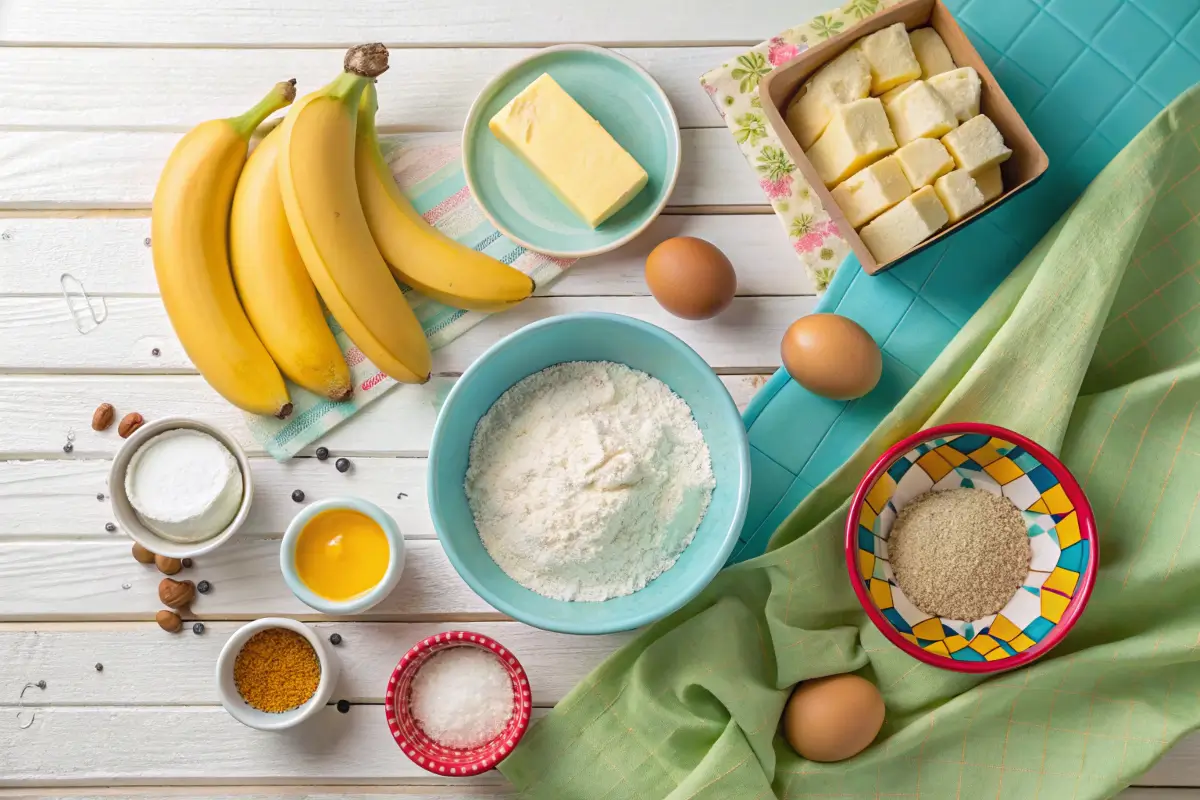
A classic banana bread recipe typically includes:
- 3 ripe bananas
- 1/3 cup melted butter
- 1 teaspoon baking soda
- Pinch of salt
- 3/4 cup sugar
- 1 large egg, beaten
- 1 teaspoon vanilla extract
- 1 1/2 cups all-purpose flour
Simply mix the ingredients, pour the batter into a loaf pan, and bake at 350°F (175°C) for about 60 minutes. You’ll end up with a delicious loaf that showcases the wonderful flavor of bananas without the need for baking powder.
Variations of Banana Bread
Feel free to get creative! You can add nuts, chocolate chips, or even spices like cinnamon to your banana bread. Each variation will still benefit from the use of baking soda, ensuring a moist and flavorful result every time.In summary, understanding Why do you not put baking powder in banana bread? helps you appreciate the unique qualities of this beloved treat. By using baking soda, you can achieve the perfect balance of flavor and texture that makes banana bread a favorite for many.
Troubleshooting Common Banana Bread Issues
Common Problems When Baking Banana Bread
Even with the perfect recipe and the right leavening agent, sometimes things can go awry when baking banana bread. Let’s explore some common issues and how to address them.
Sinking in the Middle
One of the most frustrating problems is when the center of the banana bread sinks or collapses. This can happen for a few reasons, such as:
- Overmixing the batter
- Underbaking the loaf
- Using too much baking soda
To prevent a sunken center, be sure to mix the batter just until the ingredients are combined, and avoid over-mixing. Additionally, make sure to bake the bread for the full recommended time, and consider reducing the amount of baking soda if the problem persists.
Overbrowning
Another common issue is when the exterior of the banana bread becomes too dark or even burnt, while the interior remains underdone. This can be caused by:
- Oven temperature that’s too high
- Baking the bread for too long
- Using a dark-colored loaf pan
To avoid overbrowning, try lowering the oven temperature by 25°F (14°C) and checking the bread a few minutes earlier than the recipe suggests. You can also try using a lighter-colored loaf pan, which will help prevent the crust from darkening too quickly.
How to Fix These Issues
Fortunately, there are a few simple adjustments you can make to address these common banana bread problems.
Adjusting Ingredients
If your banana bread is consistently sinking or overbrowning, try reducing the amount of baking soda by 1/4 teaspoon. This can help create a more stable rise and prevent the exterior from browning too quickly.
Baking Techniques
Additionally, pay close attention to your baking techniques. Make sure to:
- Use ripe, mashed bananas for the best flavor and texture
- Avoid overmixing the batter
- Bake the bread at the correct temperature and for the recommended time
- Use a toothpick or cake tester to check for doneness
By making these adjustments, you’ll be well on your way to baking the perfect, Why do you not put baking powder in banana bread?-worthy loaf every time.
Secret Ingredient to Keep Cookies Soft
Targets the keyword "soft cookies" while promising a baking hack.
FAQs About Banana Bread and Baking Powder
Why do some recipes include baking powder?
While baking soda is the preferred leavening agent for banana bread, some recipes may call for a combination of baking soda and baking powder. This is usually done to create an even lighter and airier texture. However, as we’ve discussed, this can sometimes lead to an overly delicate crumb that’s prone to collapsing.
Can I substitute baking soda in banana bread?
In general, you can substitute baking soda for baking powder in a recipe, but the reverse is not always true. Baking soda requires an acidic ingredient, like the bananas in banana bread, to activate and produce carbon dioxide. Baking powder, on the other hand, contains its own built-in acid, making it a more versatile leavening agent.
What happens if I use both baking soda and baking powder?
Using both baking soda and baking powder in banana bread can result in an overly-risen and potentially dry or crumbly texture. The combination of the two leavening agents can cause the batter to rise too quickly, leading to a bread that’s light and airy but lacks the moist, dense crumb that’s characteristic of a great banana bread.In summary, the key to Why do you not put baking powder in banana bread? is understanding the science behind the leavening process and the unique properties of baking soda. By sticking to baking soda as the primary leavening agent, you can achieve the perfect balance of flavor and texture in your homemade banana bread.
Conclusion: The Best Practices for Perfect Banana Bread
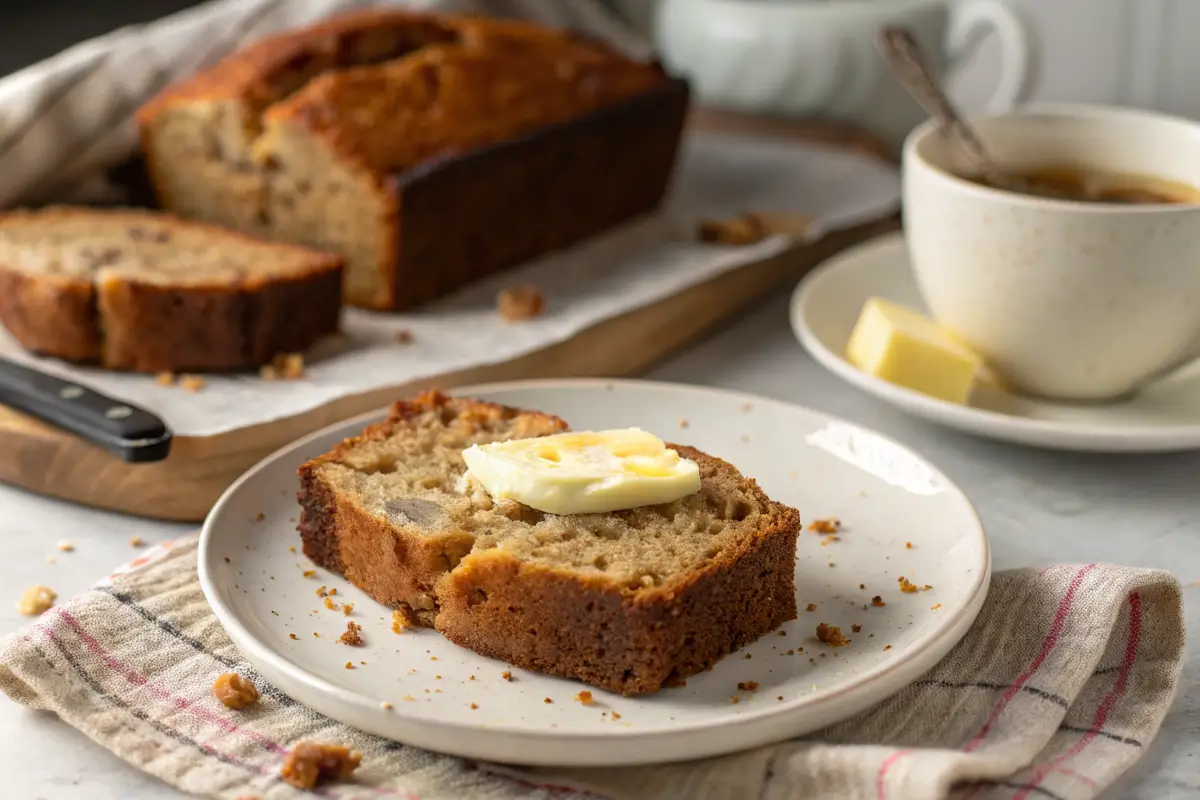
As we wrap up our exploration of Why do you not put baking powder in banana bread?, it’s clear that understanding the role of leavening agents is crucial for achieving the perfect loaf. Here are the key takeaways to remember:
- Baking Soda is Key: Baking soda is the preferred leavening agent in banana bread because it reacts with the natural acidity of ripe bananas. This reaction produces carbon dioxide, which helps the bread rise and creates that delightful, moist texture we all love.
- Avoid Baking Powder: While baking powder can be used in some recipes, it’s generally unnecessary for banana bread. Using baking powder may lead to an overly airy loaf that lacks the dense, rich crumb characteristic of this treat.
- Banana Ripeness Matters: The ripeness of your bananas is vital in achieving the best flavor and texture. Always opt for overripe bananas, as they contain higher levels of natural sugars and acidity, enhancing the overall taste of your banana bread.
- Troubleshoot Common Issues: If your banana bread sinks in the middle or overbrowns, adjust your mixing technique, baking time, and temperature. Being mindful of these factors can significantly improve your results.
- Experiment with Variations: Don’t hesitate to get creative with your banana bread! Adding nuts, chocolate chips, or spices can enhance the flavor while still benefiting from the leavening power of baking soda.
By following these best practices, you’ll be well on your way to baking the perfect banana bread every time. Embrace the simplicity and joy of this recipe, and enjoy the delicious results with family and friends!
Celebrity-Inspired Snoop Dogg Cookies
Leverages the celebrity name and ties it to a trending topic.
READ ALSO:

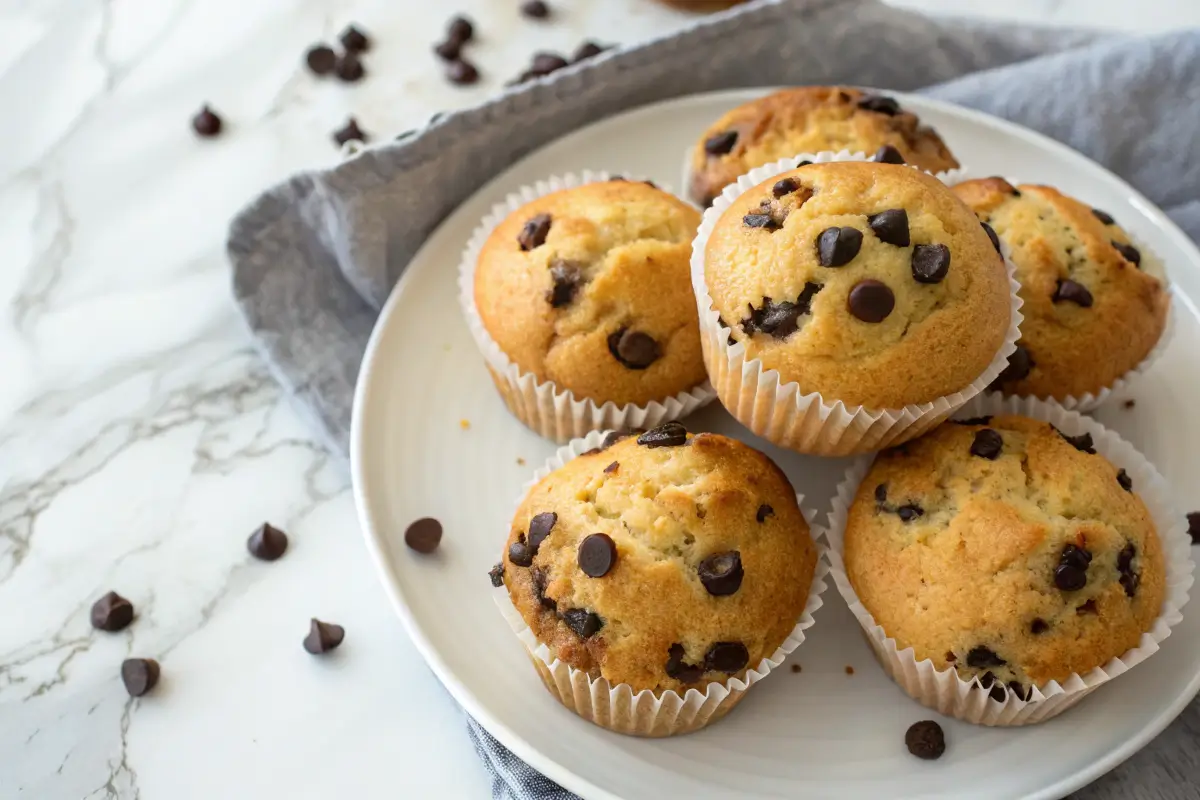
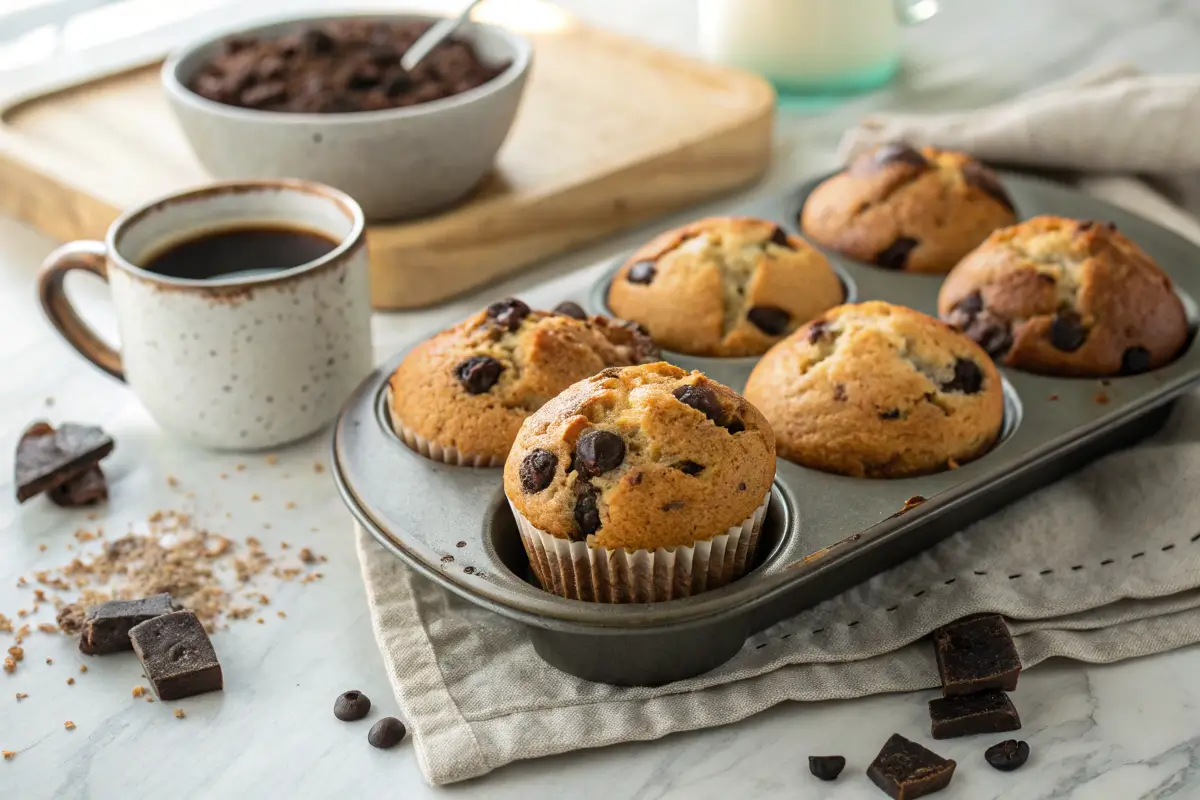
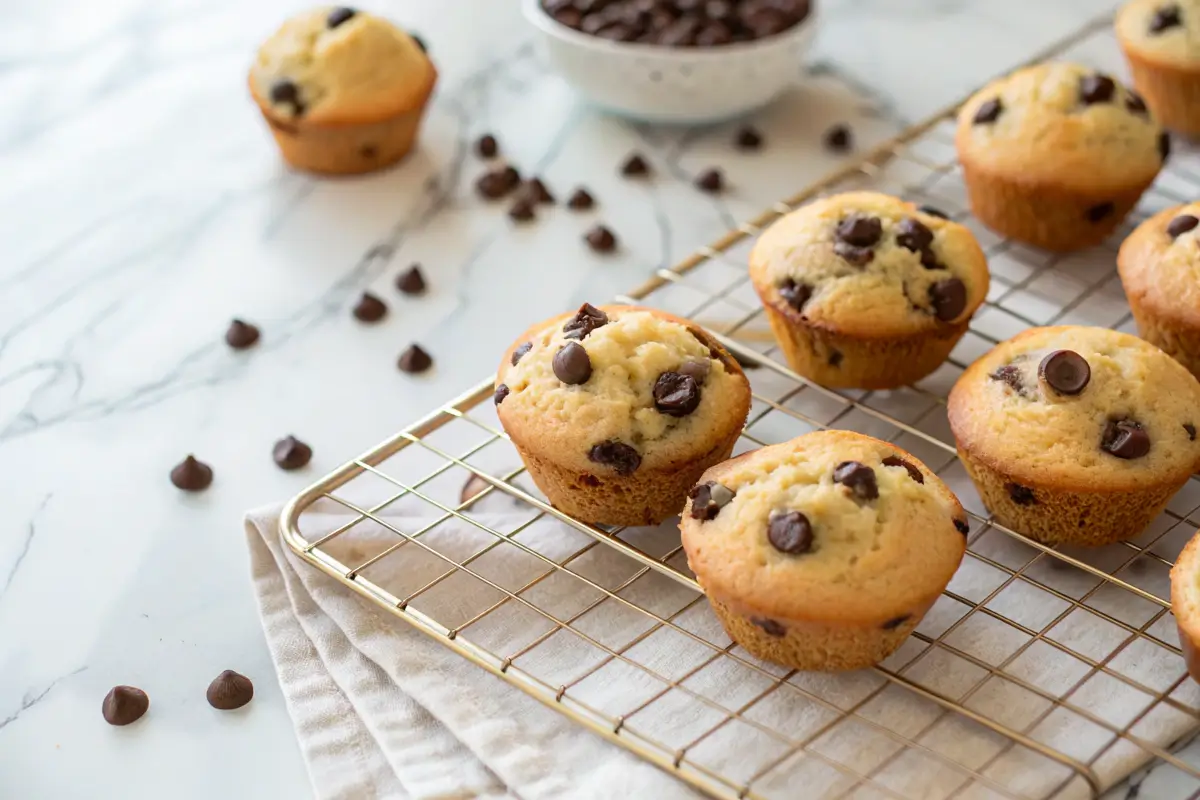






6 thoughts on “Why Do You Not Put Baking Powder in Banana Bread?”